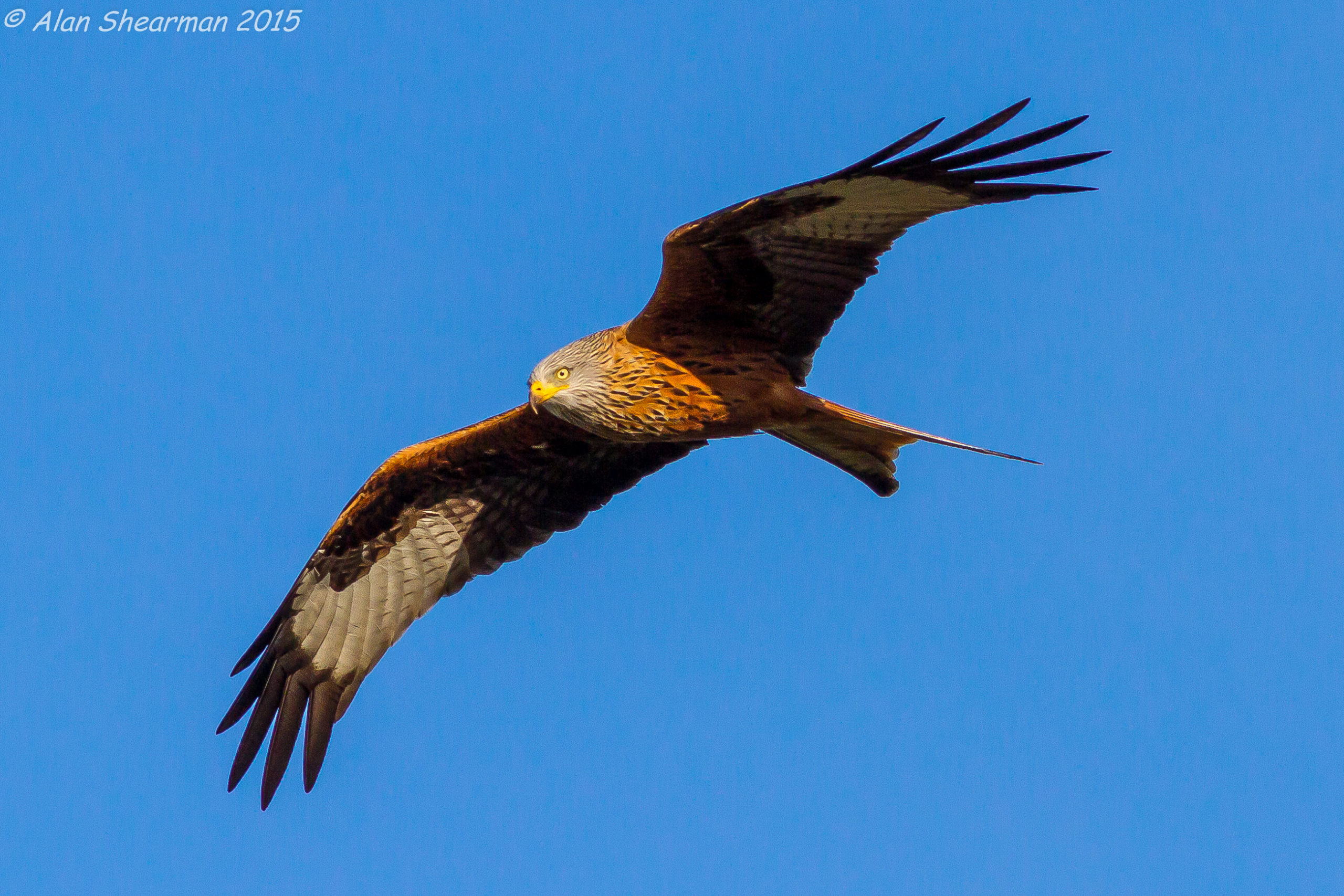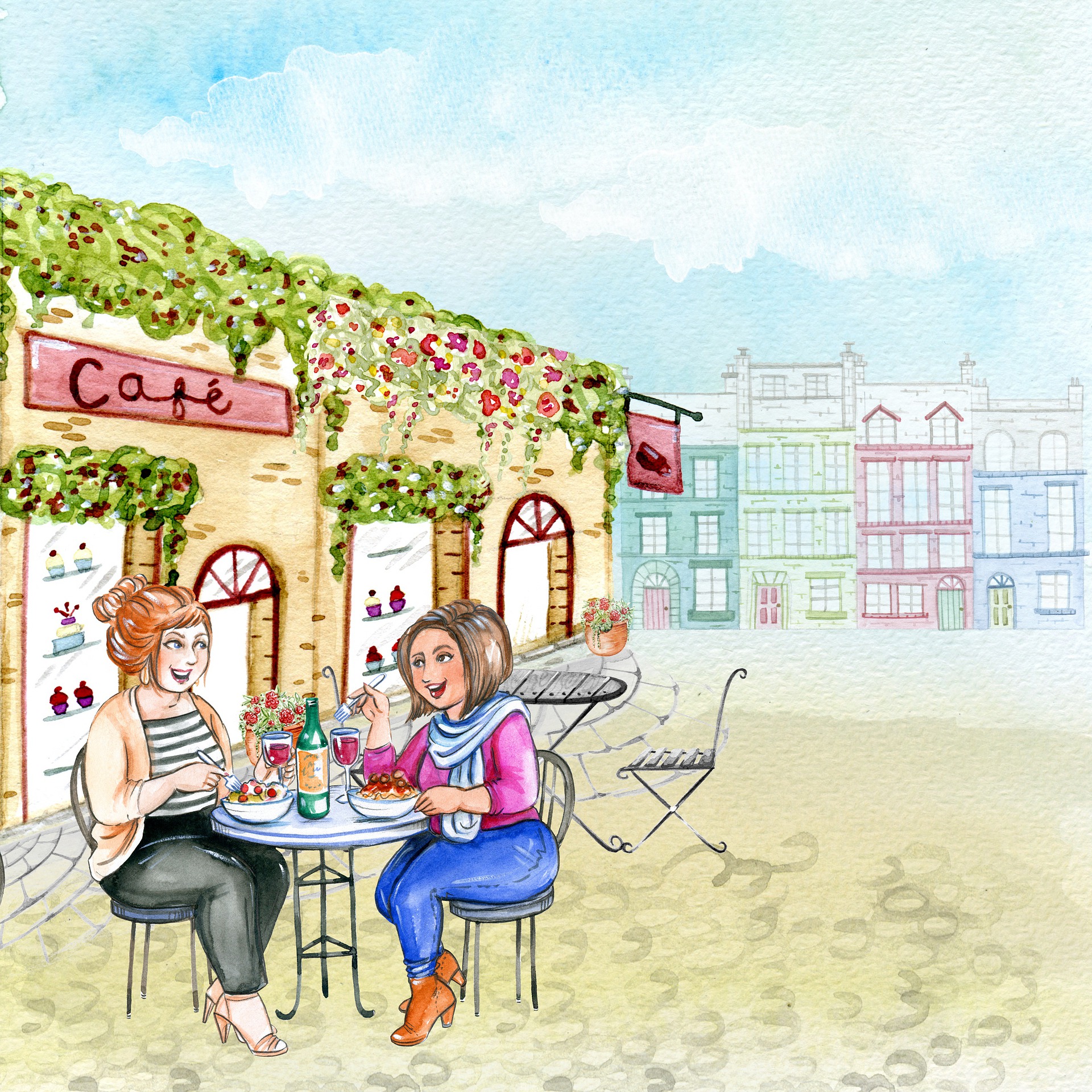DON’T feed the birds
SIX REASONS NOT TO FEED RED KITES
Living in the Leighton Buzzard area you’ll know that red kites are one of Britain’s most magnificent and distinctive birds of prey, with fanned forked tails, a reddish-brown body and a distinctive mewing call. They’re a marvel to see circling overhead.

Some people like to feed red kites’ meat in their gardens to attract large numbers – the birds make dramatic swoops to feed. While this is an impressive spectacle, The Chilterns Conservation Board discourages feeding red kites. Here are some of the reasons why:
- Feeding encourages red kites to become bolder than they naturally would be and to fly too close for comfort. They have sharp claws and a wingspan of around six foot. If the birds become a nuisance this could change public support for the welfare of these birds, perhaps leading us back down the road towards the persecution of red kites – part of the worrying history of these birds.
- Feeding encourages concentrated numbers of kites in one area. This discourages songbirds and ground nesting birds from feeding and successfully bringing up their young.
- The scraps of uncooked and cooked meat that people feed red kites don’t present a balanced, healthy diet.
- Red kites can drop scraps of meat onto neighbouring gardens and properties which is a health risk and attracts rats and vermin (the Conservation Board has even received complaints about scraps of meat dropping directly onto people’s heads!).
- Feeding discourages red kites from expanding their range and looking for new breeding territories and sources of food. This disrupts their natural population spread.
- Red kites can feed and thrive successfully in their natural habitat without our assistance. People were encouraged to feed them during their reintroduction in the 1990s, but now that this species is doing well, feeding is no longer necessary.
In Marlow in 2019 a mother described a quick-thinking red kite swooping to steal sandwiches out of her two young children’s hands, leaving one child with a scratch on its head. This made headlines, but this is not the natural behaviour of these birds – like seagulls they only gain such boldness when people feed them.
From Victorian times onwards red kites were persecuted almost to the point of extinction due to misconceptions about their behaviour. People saw them feeding on dead lambs and pheasants and mistakenly thought the kites had killed them. The reality is that red kites are predominantly carrion feeders – they feed mostly on dead animals. Although they’re big birds they weigh less than a bag of sugar and they are too weak footed to catch anything other than a small rabbit. In modern times they do an important job of helping to clear the countryside of dead animals. The persecution of red kites was such that by the 1980s, red kites had become one of only three globally threatened species in the UK.
In the 1990s a major conservation project saw the successful reintroduction of red kites in the Chilterns Area of Outstanding Natural beauty, and now they’re surviving and thriving and public support for these beautiful birds is strong. Kites are a great example of what a successful conservation project can achieve.
So please avoid feeding the red kites – it’s far better to enjoy them soaring high above our gardens or in their natural environment on a walk in the Chilterns hills.






